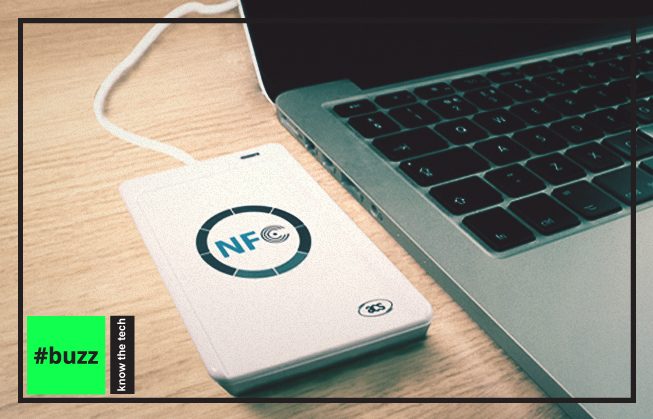NFC is great for quickly sharing small pieces of information. One of the most common uses is to share a URL. Whether it is to direct someone to the closest shop, or pass on a coupon, web address URL sharing has been widely adopted and supported. An HTTP URL is just one type of uniform resource identifier (URI), and what is often overlooked is it is just as easy to send, and often receive, different URIs.
Universal Resource Identifiers (URI)
URIs can store a wide variety of common data, as well as custom data that any organization can register and use. These different types of data are known as schemes, with the most common schemes being “http” and “https”, which will open in your user’s web browsers automatically.
Other commonly recognized schemes are telephone (“tel”), text messaging (“sms”), and email (“mailto”). These schemes are supported on most major platforms to automatically open the phone, text messaging, and email applications with prepopulated fields, and fit just as well into an NFC tag.
For example, with the “mailto” scheme, you can store an email address, subject, and body template for your users to contact a sales person just by reading an NFC tag with their phone. If that is the reason you are sending someone to your website, it might be a better idea to use the “mailto” scheme instead.
Example URIS
http://www.yoursite.com
vs
mailto:sales@yoursite.com?subject=I Want Widgets&body=Please send me pricing on the new Widget5000
Advanced URI Schemes, Simply
There are many more common URI schemes that have built-in support from modern operating systems. Some of the most powerful URI schemes, however, are custom, which extend the uses to more focused applications.
Your NFC data can open specific locations in Google Maps, start a video chat over Skype, play a Spotify album, or open the IMDB listing for the latest movies. Each of these are just as easy to write to an NFC tag as a web address, and each offer some unique use cases where offering targeted data might be more advantageous than simply showing your website without context.
If you are an application developer you can even create your own URI scheme to allow powerful content sharing across all platforms. URIs have been used on the web for a long time, and as such support for them is built into every modern operating system. NFC is just one way of sharing that data, but they work just as well in web browsers or other applications.
Try to play outside the box the next time you want to share something, you might just find a better experience for everyone.
